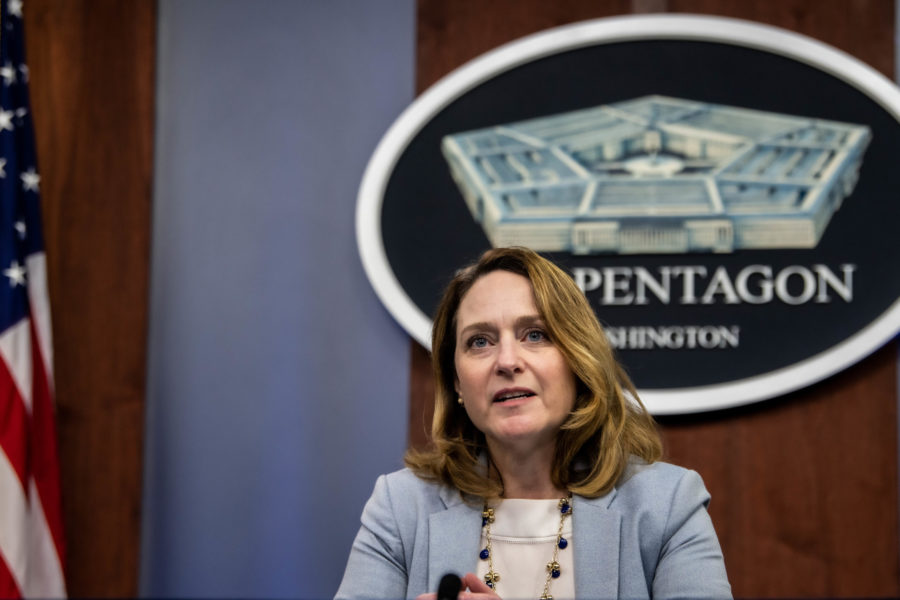U.S. aircraft will continue to provide support for Afghan forces through the withdrawal process beginning May 1, and the Pentagon’s No. 2 official said she is confident that modernized technology and processes will effectively enable “over-the-horizon” support from outside the country.
“It’s not 2001, it’s 2021,” Pentagon Deputy Defense Secretary Kathleen H. Hicks said during an Aspen Institute event April 30. The 20-year gap between the beginning of the war in Afghanistan and the soon-to-be end has brought a “wide range of tools,” including the National Counterterrorism Center and the Department of Homeland Security to help protect the homeland, as well as improvements in space and cyberspace technology, unmanned systems, “and other approaches” to help protect U.S. and allied forces.
It is “a completely different landscape in which we are operating,” Hicks said.
President Joe Biden on April 14 announced the full withdrawal of U.S. forces from Afghanistan starting May 1 and to be completed by Sept. 11. Hicks said the U.S. has “the ability to continue to provide air support for Afghan forces” after the withdrawal, “including if they come under attack as we withdraw,” she said.
It has not been clear whether U.S. aircraft would continue to support Afghan National Defense and Security Forces in the fight against the Taliban as the withdrawal commences. Hicks said the U.S. will remain supportive of coalition partners, including Afghans.
In recent days, the Pentagon has sent increased assets to the region to conduct air support as part of the withdrawal, including B-52s to Al Udeid Air Base, Qatar, and a Navy aircraft carrier. Additionally, hundreds of ground troops are reportedly on their way to the country.
Pentagon planning has focused on a “safe, orderly” drawdown in the country, and Hicks said she doesn’t expect to see a “fall of Saigon” scenario where Kabul falls after U.S. and coalition forces leave.
